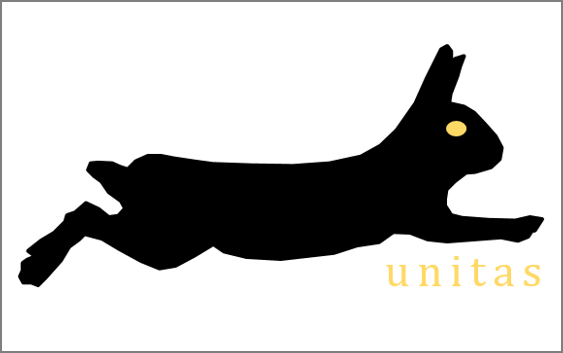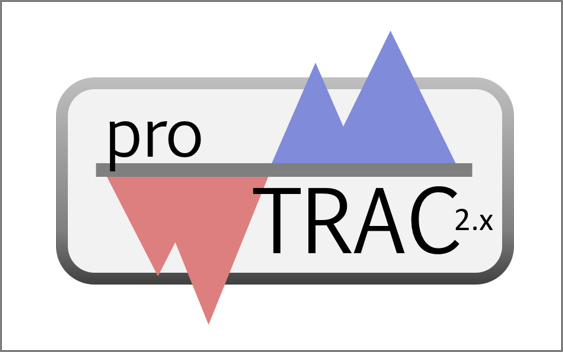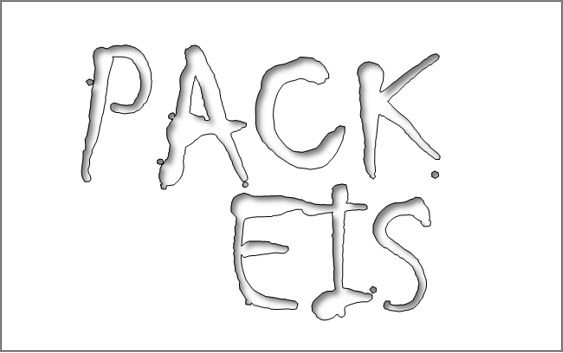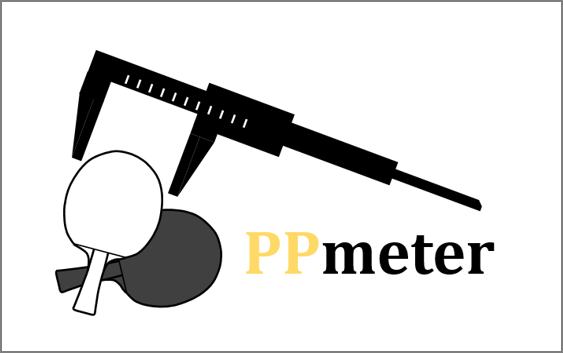

The small RNA group is embedded in the Institute of Organismic and Molecular Evolution at the Johannes Gutenberg University. Our work intends to provide insights into function and evolution of small RNA pathways in diverse animal species including human and non-human primates, model organisms such as mouse and drosophila but also non-model organisms ranging from the great pond snail to pig.
We apply comparative small RNA transcriptomics and cell line based transfection experiments in order to elucidate evolutionary patterns and mechansims of small RNA-based gene regulatory pathways. Since most of our research bases on the processing of high-throughput data, we constantly develop new bioinformatic tools for large scale analyses of small RNA datasets.

Automated small RNA annotation for everyone, including the non-bioinfomatician. Download unitas V.1.8.0 (documentation). [Executables: Linux | macOS]

De novo prediction of genomic piRNA clusters. Download proTRAC V.2.4.4 (documentation). [Executables: Linux | macOS]

Analyze the degree of backfolding within coding sequences. Download PACKEIS V.1.0 (documentation). (Used in Gebert, Jehn & Rosenkranz, 2019)

Measure the amount of ping-pong-amplification in small RNA datasets. Download PPmeter V.0.4 (documentation) [Executables: Linux | macOS]

Check for presence of phased small RNAs in small RNA datasets. Download Phaser (documentation).




Small non-coding RNAs (sncRNAs) play a fundamental role in the regulation of transposons and protein-coding genes. Bound to Argonaute effector proteins, they can trigger target silencing by mRNA destabilization, slicing or translational repression. In a nuclear context they can induce repressive DNA- or histone modifications. Different classes of sncRNAs can be processed via different pathways from a variety of larger RNA molecules including rRNAs and tRNAs. While some sncRNA classes are well characterized in biogenesis and function, others remain enigmatic and are still regarded as simple degradation products without exerting regulatory functions.
We aim to elucitade the regulatory role of yet poorly understood sncRNAs such as different types of tRNA-fragments. We further want to unravel and understand the evolutionary plasticity of small RNA pathways along different phylogenetic branches. This may help to assess which insights from model organisms could also apply to a wider range of species, and which of them represent peculiarities of the model.
It's over (2013-2019) - A great thanks to all the people who made the success of this group!
Daniel Gebert,
Isabel Fast,
Julia Jehn,
Sarah Stern,
Benjamin Ottum,
Jana Treml,
Verena Erb,
Lena Mazzariello,
Christine Barbara Kiefer,
Svenja Wulsch,
Saskia Manon Drexler,
Frank Pipilescu,
Charlotte Hewel,
Julian Kiefer,
Hendrik Dörschmann,
Franziska Hinkfoth,
Sabrina Saurin,
Frederike Boos,
Laura Wester,
Natascha Surano,
Sina Nissen,
Stefanie Rudloff,
Katharina Bastuck,
Marc Kempf,
Marius Baeken.
The group was headed by Dr. David Rosenkranz.





Dr. David Rosenkranz
rosenkranz@uni-mainz.de
Johannes Gutenberg University Mainz
Institute of Organismic and Molecular Evolution
Anselm-Franz-von-Bentzel-Weg 7
55099 Mainz, Germany
Phone: +49 6131 3924004
Fax: +49 6131 3923799